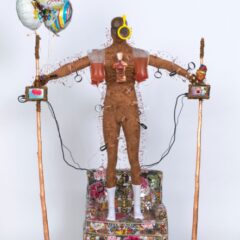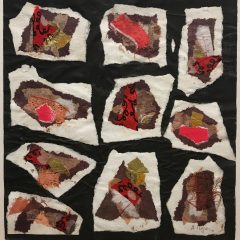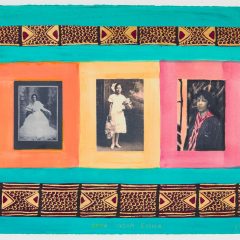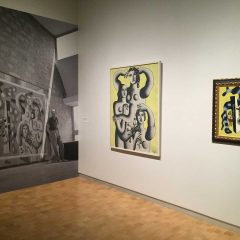by Cheryl Harper
Pablo Ruiz Picasso lived from 1881-1973, a long span in any terms, but he has never left this world judging from the manner in which his life and work are continuously celebrated. Take this season for instance; I’ve seen four Picasso museum shows in as many months: “Picasso and the Avant-Garde in Paris” at the Philadelphia Museum of Art ended in May (artblog ran two posts so I won’t tell you more); “Picasso in the Metropolitan Museum of Art” at the Met, just closed August 15; “Picasso Themes and Variations” at MOMA through August 30; and “Picasso Looks at Degas” at the Sterling and Francine Clark Art Institute in Massachusetts through September 12.

The difference between these shows is either a strong curatorial perspective, which includes loans to support a thesis; or exhibitions that bring together works from the museum’s own collection, thereby showing works in close proximity instead of as usually seen in the museum or works only occasionally on view.
At the Metropolitan, the museum draws on its own collection. The show lacks depth in some areas as the museum started late in collecting Modern works. The Metropolitan’s best-known Picasso is the Portrait of Gertrude Stein, which is given a star location. There was a lack of curatorial perspective and no effort to fill in gaps. As at the PMA, there was a large room of works hung salon style, but this time comprised of prints. You would have to spend a good deal of time viewing this aspect of the of show.
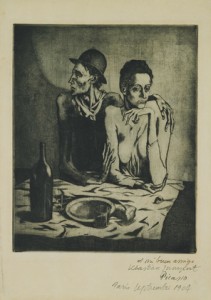
However, about thirty blocks downtown at the Museum of Modern Art is the Picasso graphic show. In this location, many of the same prints as seen in the Met show are presented in a more approachable manner, with several states of prints, and organized throughout many rooms. This show is more for the print or in depth-Picasso aficionado because of its encyclopedic nature.
New publications accompany both shows with the Metropolitan’s being a comprehensive catalog of the Picasso works in its collection. MOMA’s catalog is: A Picasso Portfolio: Prints from the Museum of Modern Art by Deborah Wye.
The Clark Institute, located a couple of hours from Manhattan in Williamstown, MA., is the site of “Picasso Looks at Degas.” This was my favorite of the four shows due its strong premise. The organizers took care in presenting multiple media of both Degas and Picasso and demonstrated how the elder artist informed Picasso’s work from the Blue Period through post-Surrealism.

The loans are stellar including a Picasso charcoal and pastel study for Demoiselles d’Avignon from the Kunstmuseum in Basel and an oil study of a Standing Nude from the Museo del Novecento in Milan, also closely related to the famous 1907 painting. Degas’ La Coiffure of 1896, on loan from The National Gallery in London, was particularly noteworthy to see as related to Picasso’s subject matter. The painting was in Matisse’s collection; it likely influenced his figure and ground blurring in works such as The Red Room. A catalog with excellent illustrations accompanies the exhibition.
If you miss the East Coast museums this summer, you’ll find Picasso on the West Coast at the Seattle Art Museum‘s show, Masterpieces from the Picasso Museum, opening in October. Bon Appetit!
Cheryl Harper is an artist and independent curator, based in the Philadelphia area.


